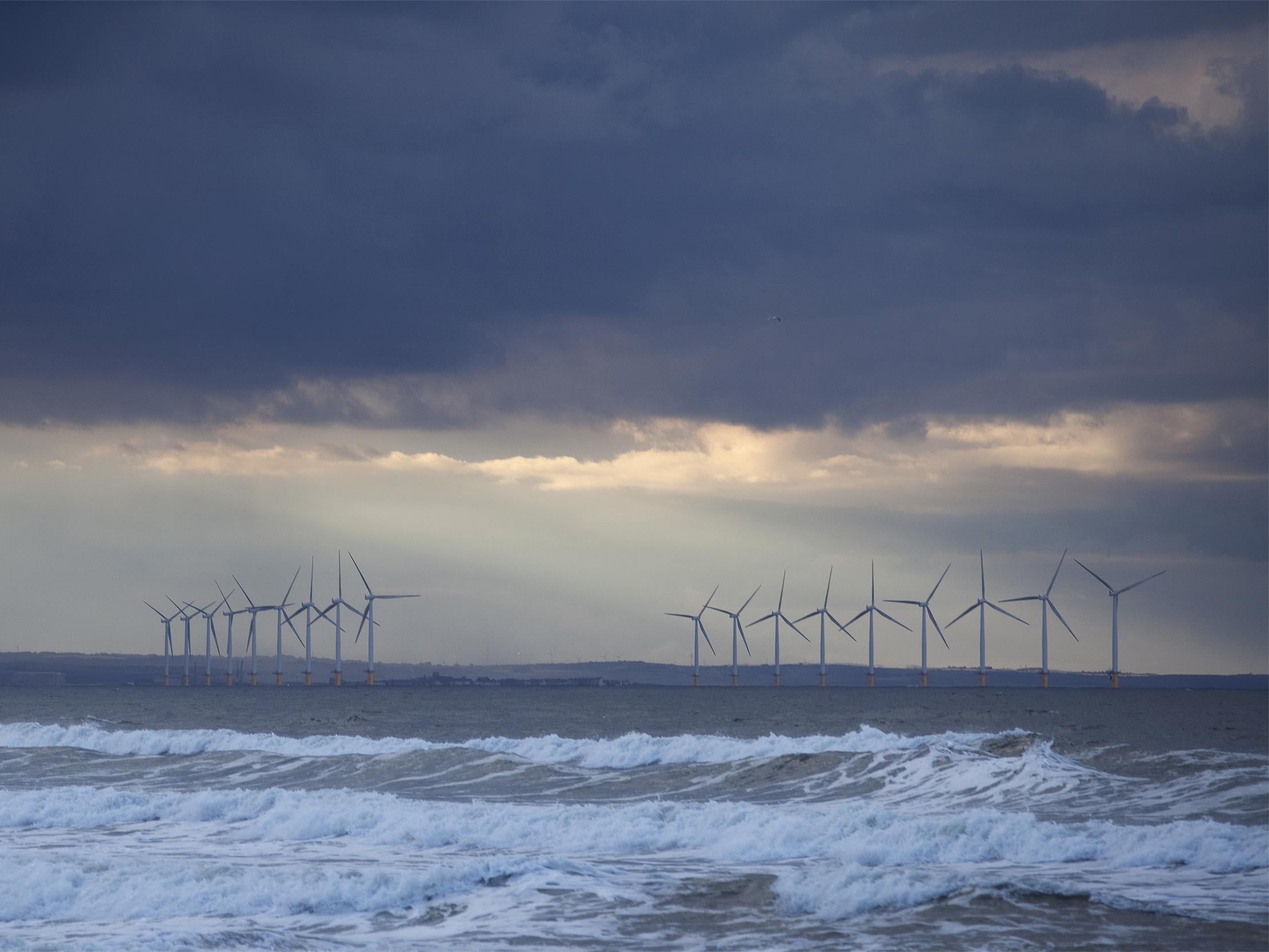North Sea rocks could act as large-scale underwater renewable energy stores, study finds
‘This method could make it possible to store renewable energy produced in the summer for those chilly winter nights’

Your support helps us to tell the story
From reproductive rights to climate change to Big Tech, The Independent is on the ground when the story is developing. Whether it's investigating the financials of Elon Musk's pro-Trump PAC or producing our latest documentary, 'The A Word', which shines a light on the American women fighting for reproductive rights, we know how important it is to parse out the facts from the messaging.
At such a critical moment in US history, we need reporters on the ground. Your donation allows us to keep sending journalists to speak to both sides of the story.
The Independent is trusted by Americans across the entire political spectrum. And unlike many other quality news outlets, we choose not to lock Americans out of our reporting and analysis with paywalls. We believe quality journalism should be available to everyone, paid for by those who can afford it.
Your support makes all the difference.Rocks at the bottom of the North Sea may provide the perfect storage location for renewable energy, according to a new study.
Excess power could be stored in the form of compressed air inside porous formations on the seabed, providing a reservoir that can provide energy on demand.
This pressurised air can be released to drive a turbine, generating a large amount of electricity.
This would allow green energy to be stored in summer and released in winter, when demand is highest.
Along with battery storage and connections linking Britain’s power supply to other European nations, experts hope compressed air energy storage will provide the UK with a constant supply of green energy.
After the Japanese firm Hitachi announced it was withdrawing support for a major nuclear plant, there was speculation about how the government will fill the energy gap left by failed nuclear plans.
Environmental groups say the shortfall can be made up by investing in renewable energy – particularly wind power.
However, critics say the erratic nature of wind and solar energy will not be able to provide the constant supply required to power Britain’s grid.
Building devices that can store green energy for when the wind is not blowing or the sun is not shining would allow the UK to keep the lights on without relying on climate-harming fossil fuels.
In their new analysis, scientists from the universities of Edinburgh and Strathclyde suggested drilling deep wells into North Sea rocks would create sites at which large quantities of air could be injected into sandstone pores.
In their study they used mathematical models to assess the potential of this technique in British waters.
They found geological formations in the North Sea have the potential to store one and a half times the UK’s electricity needs for the months of January and February.
“This method could make it possible to store renewable energy produced in the summer for those chilly winter nights,” said Dr Julien Mouli-Castillo from the University of Edinburgh.
“It can provide a viable, though expensive, option to ensure the UK’s renewable electricity supply is resilient between seasons. More research could help to refine the process and bring costs down.”
One way to save money and make the entire process more efficient would be to place the underwater wells close to large-scale offshore wind projects so energy could be funnelled straight down into the rock.
A similar process in which compressed air is stored in deep salt caverns is already being used at sites in the US and Germany.
These results were published in the journal Nature Energy.
Join our commenting forum
Join thought-provoking conversations, follow other Independent readers and see their replies
Comments